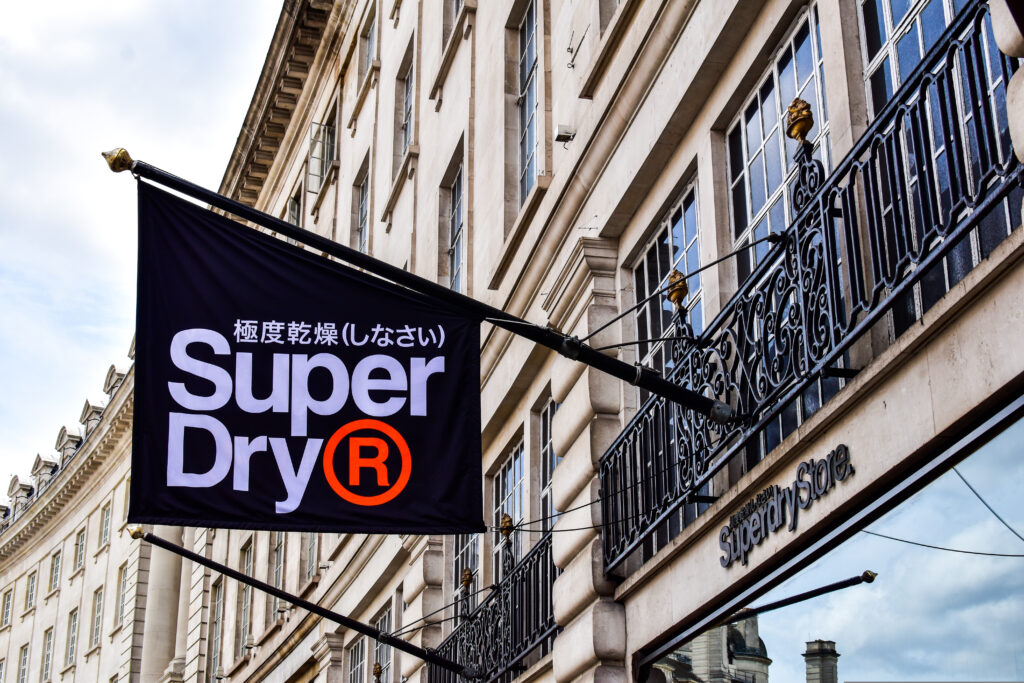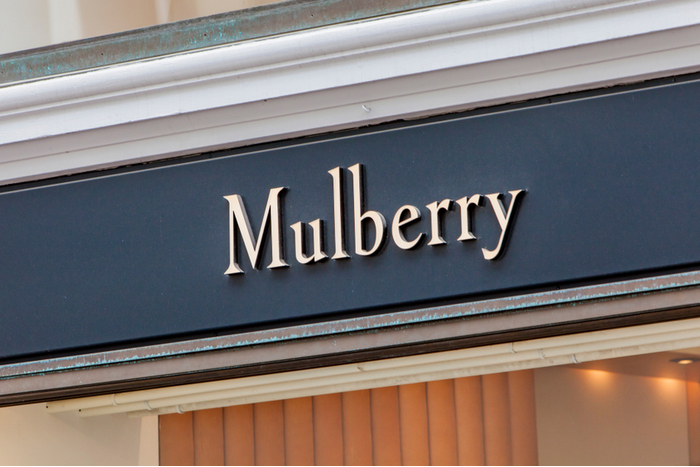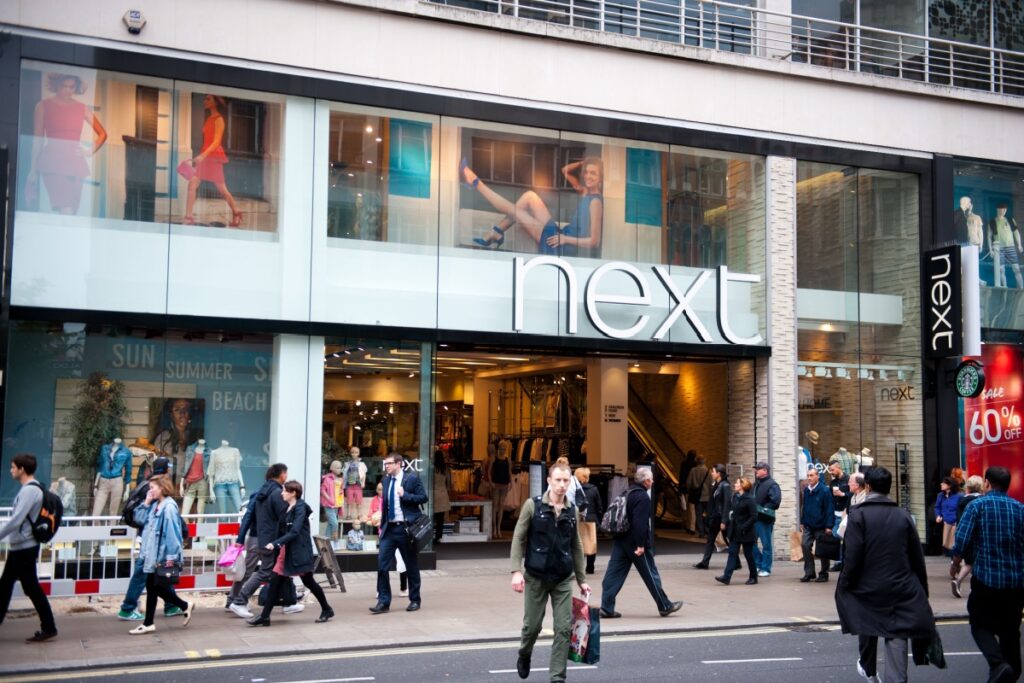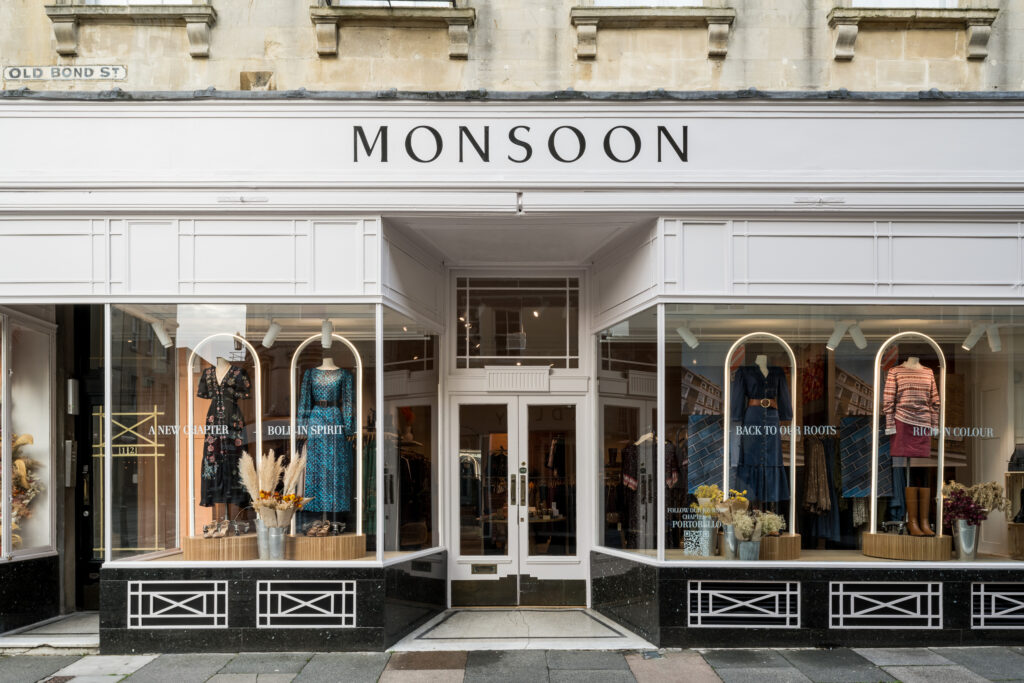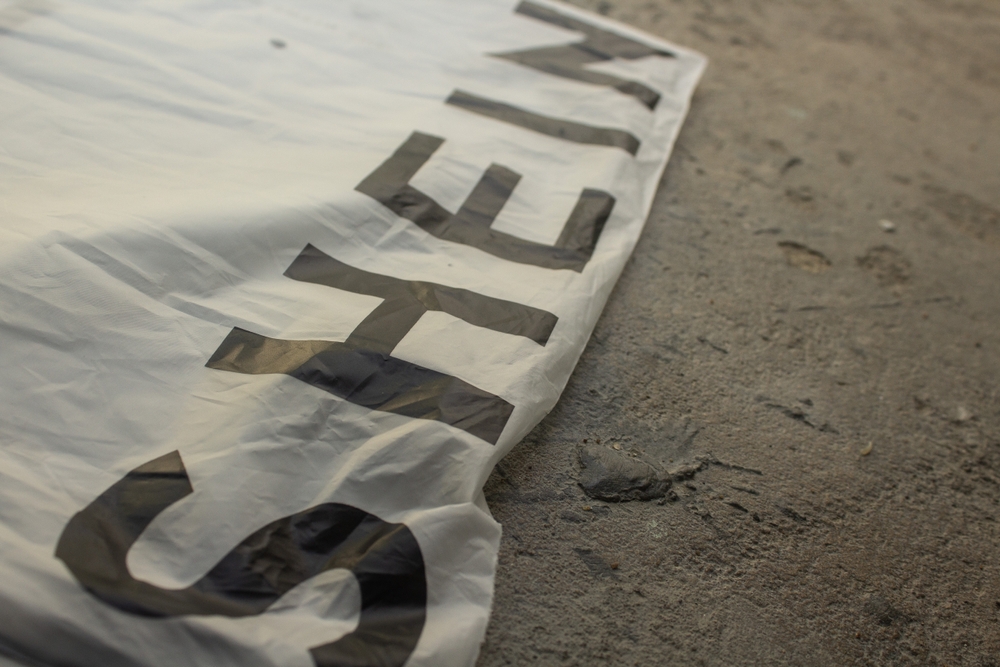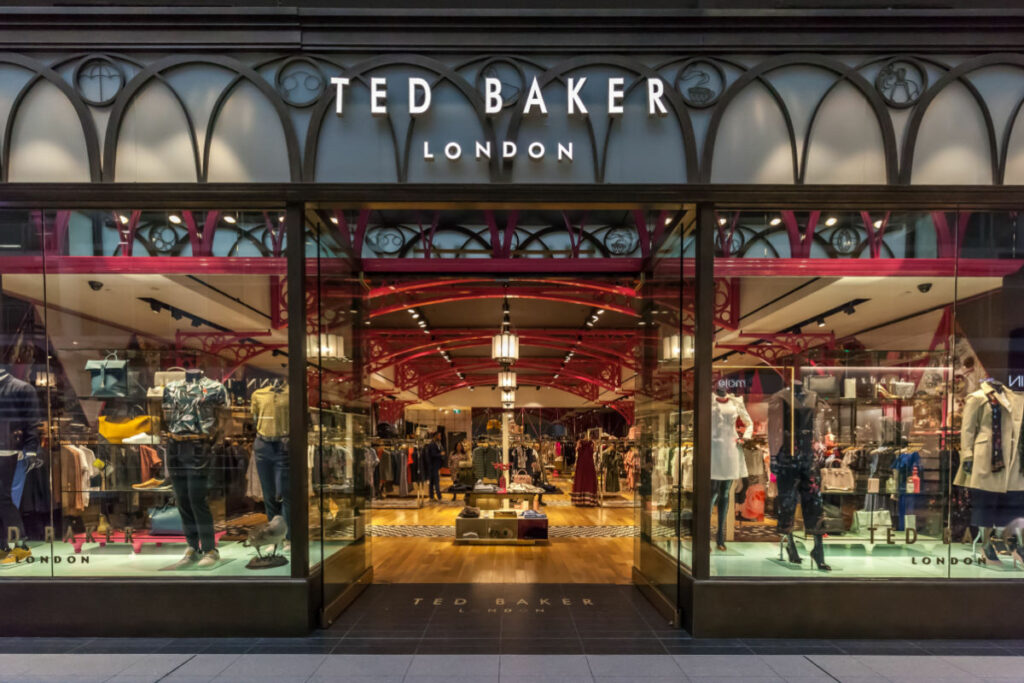Superdry raised £12 million through an equity placing this week to help bolster its balance sheet as it looks to transform the business.
The retailer has certainly had its highs and lows over the years. The once ubiquitous brand soared in popularity in the noughties and floated in 2010 with a valuation of £395m.
Then followed a period of expansion, both domestically and around the world.
Its share price soared, reaching a zenith of more than £20 a share in early 2018 – from £5 at IPO.
However, its stock is now at an all-time low of 79p, with the firm now valued at just £65m just a fraction of its worth during its glory days.
Undoubtedly the pandemic hit the business but as we near the second half of 2023 the days of lockdowns seem a distant memory and fashion retailers across the gambit from Primark to Next have all shown strong recovery.
So what’s gone wrong for Superdry?
The retailer has had a difficult five years as sales have faltered.
Dunkerton, the driving force of the business, left abruptly in 2018 after disagreeing about changes made to how the company was run.
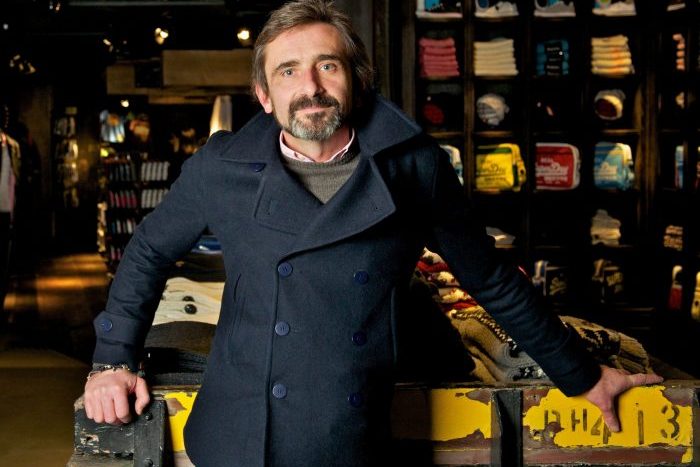
However, just a year later he returned to the business following a campaign in the media that saw him criticise the Superdry executive management and their business strategy as profits continued to dive.
He claimed that CEO Euan Sutherland, who had previously lead The Co-op and B&Q, did not understand fashion and it had gone from being an innovative brand to having a “misguided consultant-led business model”
Rather than diversifying its brand into an ever-increasing number of categories, Dunkerton believed it should focus more on the jackets and hoodies that made it famous.
The founder narrowly won a shareholder vote to regain his seat on the board, however, was promoted to CEO immediately when Sutherland and most of the board resigned when the vote was announced.
Dunkerton wasted no time in making his mark. He cancelled the retailer’s planned debut kidswear collection and pulled out of a footwear licensing deal with Pentland brands and said he wanted to refocus on the jackets and hoodies that Superdry was renowned for.
His new strategy was to ‘inspire through product and style’, with high-quality branded product at great value; ‘engage through social’ and use social media to recruit new customers and capitalise on influencer marketing; ‘lead through sustainability’; and to ‘make it happen’ through strong operational foundations.
The timing of this strategy could not have been worse-timed as a pandemic then a cost-of-living crisis quickly unfolded.
This has derailed Dunkerton’s plans and the business has issued two profit warnings this year, last month scrapped its “broadly breakeven” profit guidance following “disappointing” retail sales in February and March.
The firm says that some factors were out of its control, such as consumers cutting back on spending and poor weather hitting demand for its spring summer collection.
But why has Superdry been harder hit than some of its fashion rivals?
GlobalData apparel analyst Pippa Stephens says that the brand’s premium prices might have hit it disproportionately during the cost-of-living crisis. She advises the business to focus on its product quality and versatility in marketing to help shoppers realise that it offers value for money.

Dunkerton has looked to put more value into its products. Earlier this year, Superdry launched its new premium collection, Merchant Store, which it described as “a sturdy blend of hand-honed craftsmanship and contemporary construction”.
“If you look at the ranges that Superdry offer and compare them to others on the high street, we’re the best for value,” Dunkerton told TheIndustryFashion in February.
He explained the retailer has moved forward a lot in recent months, in terms of its product offering and pricing it sensibly, which he said has helped Superdry get “in a good place”.
However, the big driver of its poor recent performance has been it’s wholesale business.
The business flagged the “Covid-related confidence lag” in wholesale earlier this year, however, it says that it expects this to close as its partners see how successful its autumn winter range was through its own channels, which should “give them confidence to buy for future seasons”.
Indeed, the fact that Superdry’s own channel sales have been resilient should give not just wholesale partners but the retailer and its investors confidence that the retailer can recover.
However, Stephens points out that Superdry sales are expected to be significantly below pre-pandemic levels, “despite having invested considerably in its turnaround plan over the past few years, with hopes to revamp its image and regain desirability”.
She explains that although the business has smartly pivoted to offering more sportswear and athleisure in recent years, “the prominent branding on many of its products can be off-putting for consumers who are becoming increasingly brand loyal to sports players like Nike and Adidas.”
She believes Superdry should “make this more subtle to retain shoppers”.
What next for Superdry?
Despite the recent tough trading, some fashion experts are heartened by Dunkerton’s changes.
Ex-LK Bennett and East chief executive Erica Vilkauls says his return “has made a big difference” because he’s brought back focus to the business.
Vilkauls acknowledges that the brand has lost some relevance over the years and that will be what Dunkerton will need to work to re-establish.
“Nobody’s going to know the business and the customer better than Julian,” she says.
Vilkauls says its products and quality levels have been “getting better and better” and she applauds his decision to cut ranges, including its diversification into water bottles, pencil cases and watches, to instead focus on the core products, which she called “the heart of the business”.
The retailer has cut the amount of products it sells by about 40% from last year.
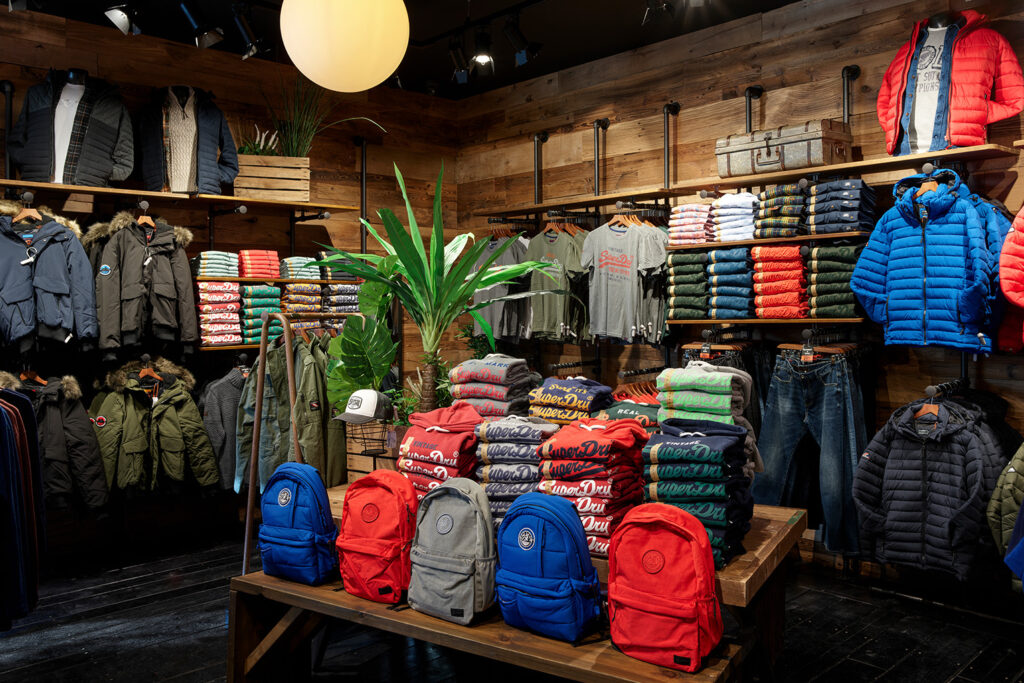
Crucially, Dunkerton and co now has the funds to further propel its turnaround, both from the equity raise and from the £40m it made from selling the intellectual property rights in countries in Asia Pacific to its South Korea’s Cowell Fashion Company.
Although with the changes to product, marketing and sustainability, Superdry is looking to make cost savings and has identified more than £35m that can be taken out of the business by the end of 2024.
It plans to achieve this through estate optimisation – although a source close to the retailer says it does not want to close stores – logistics and distribution savings, better procurement, and continued range reduction.
Vilkauls says making the business as lean as it can be is the right move.
She says that “getting hold of the distribution channels and only selling in places where you want to be” would play a key role in this.
“There’s no point being in a wholesale or department store that doesn’t have the same brand values or cheaper brands, that drags your whole business down.”
While Superdry’s trading in recent years may have taken a hit, Vilkauls still has faith in the staying power of the business.
However, she believes that it “might end up being slightly smaller” with tighter distribution channels.
“I think as long as he’s there, and it strikes me that he’s going to before a while and he’s training people underneath him. I think it’s got a great future,” she says.
Superdry now has the money to fuel its turnaround. Let’s hope Dunkerton’s plan can bring it back into fashion.
Click here to sign up to Retail Gazette‘s free daily email newsletter

